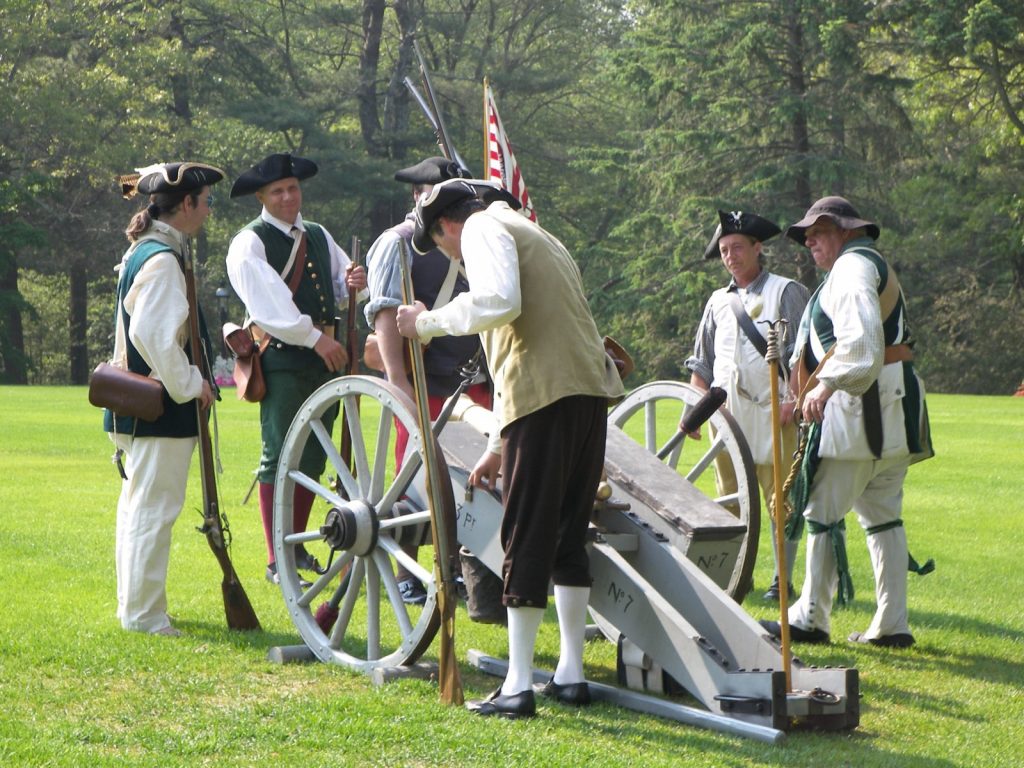Cape Cod has long been a sought-after vacation destination. Just mention the name, and it brings to mind images of long stretches of beach, lobster rolls, and local ice cream shops.
But, that’s not all there is to know about the region. Cape Cod history is a cornerstone of the birth of modern-day America, beginning centuries ago with the arrival of the first European immigrants.

The First Settlers
Many don’t know that the northern tip of present-day Cape Cod was the first landing place of the Pilgrims. They arrived in present-day Provincetown about a month before they landed at Plymouth Rock, the first permanent European settlement in America.
Upon the completion of the canal separating the Cape from mainland Massachusetts in 1916, Cape Cod was officially declared an island, not a peninsula. Access is now possible via bridges and ferries. The collection of islands was a hub for whaling, fishing, and trade for many years, and the history of the area is still very much a part of the region’s culture.
Today, the region is both a year-round home to many, and a summertime vacation spot to many more. In fact, the off-season population can double or triple in the summer, with vacation home rentals in Cape Cod at full capacity.
Cape Cod and Surrounding Islands
Cape Cod consists of a singular “main island” and smaller islands that surround it. Nantucket and Martha’s Vineyard are the most well-known, but Monomoy, Monomoscoy, Popponesset, and Seconsett Islands are also close by.
The Elizabeth Islands, most of which are privately-owned, are also part of the region. The most famous of these is likely Naushon Island, which is owned by the Forbes family.
Mapping the Island
To grasp Cape Cod history, you need to understand references to “up” and “down” the Cape.
If you hear the locals talk about going “down” the Cape to Provincetown, the northern tip of the island, they’re talking about going east. Going west on the island toward the mainland is considered going “up” the Cape.
Confused? Blame our seafaring ancestors. One of the theories about the seemingly contradictory distinction is that traveling east goes down the longitudinal scale toward zero, which is Greenwich, UK. So, if you’re on Martha’s Vineyard, remember that west is Up Island, and east is Down Island. You’re sure to impress the locals.
Fun Facts About Cape Cod History
Whether it’s your first time on the Cape or you’re a regular visitor, it’s always fun to learn things about the area. Here are a few fun facts about the Cape and its impressive history:
- Cape Cod was named by English explorer Bartholomew Gosnold in 1602. The name, as you might suspect, comes from the abundance of codfish in the area.
- Contrary to popular belief, the European Pilgrims first landed in present-day Provincetown, not Plymouth Harbor.
- There are claims that Vikings, including Leif Eriksson and his brother Thorvald, visited Cape Cod around 1000 A.D.
- In 1524, Martha’s Vineyard was named Claudia by the explorer Giovanni da Verrazzano in honor of the wife of King Francis I of France. On year later, Estevao Gomes, a Portuguese explorer for Spain, landed on its shores, dubbing it Cabo de la Arenas.
- Cape Cod used to be a peninsula connected to the state of Massachusetts. With the construction of the Cape Cod Canal in 1916, it technically became an island.
- The peninsula was initially home to the Wampanoag Indians who eventually lost the land through purchase and expansion by English settlers.
If you haven’t been to Cape Cod and the Islands, make plans to go. Its rich heritage, warm weather, excellent food, and variety of activities make it the perfect vacation destination. Get in touch with us today for more information on vacation rentals on Cape Cod.
Enjoy the beautiful coastline and rich history of the region – all from the comfort of cozy vacation rentals in Cape Cod.




